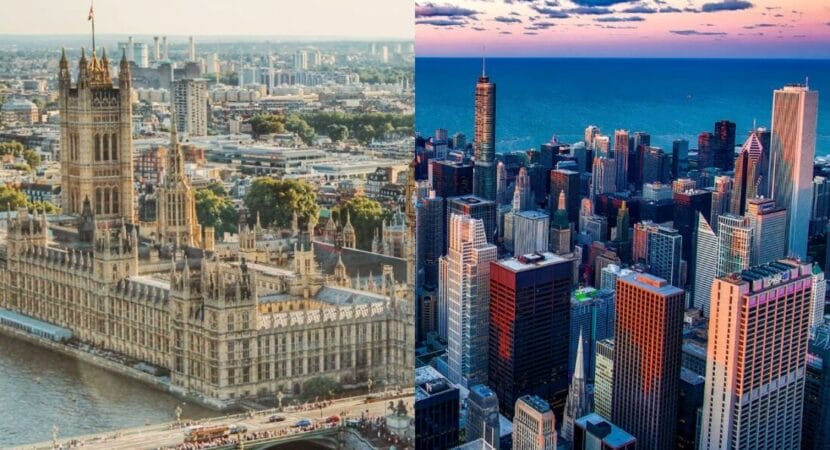
As cities around the world grow vertically with modern skyscrapers, Europe faces unique challenges in balancing the preservation of its rich historical heritage with the need for urban expansion and modernization, resulting in strict construction policies that limit new tall buildings to protect traditional landscapes and cultural identities.
When we think of big cities, we often imagine skyscrapers that mark the sky, like the ones we see in New York or Dubai. These tall towers are symbols of modernity and growth. However, in Europe, the situation is very different. There, cities are known more for their old and historic buildings than for very tall buildings.
In Europe, skyscrapers are not as common as in other parts of the world. This happens because there is great concern about maintaining the historic characteristics of cities. In places like London and Paris, the laws are very strict regarding the height of buildings so as not to spoil the view of ancient monuments. This decision between preserving the old or building the new is a major challenge for European cities.
The challenge of skyscrapers in Europe
European resistance to the proliferation of skyscrapers is not just an aesthetic preference, but a profound reflection of its cultural and historical values. In Europe, the integration of new construction with the old urban fabric presents significant challenges.
Cities like London, for example, rigorously protect more than 50.000 historic buildings, restricting new tall construction that could compromise views and traditional landscapes. These policies, while preserving historic charm, result in a paradoxical housing crisis, where population growth and demand for housing increase but space to construct new buildings is limited.
Web
The history of skyscrapers, which began in Chicago in 1885, contrasts sharply with the European urban trajectory. Already established European cities with historic buildings had little space or need to adopt these gigantic modern structures.
After World War II, the focus in Europe was on the restoration of destroyed heritage, not the vertical innovation typical of the North American model. “Brusselization,” a term derived from Brussels’ poorly planned urban development policies in the 60s, still serves as a warning to European cities today, evoking a caution against development that disregards historical and cultural context.
Current and future repercussions
In the current scenario, even with some exceptions such as the La Défense area in Paris, which is home to most of the city's skyscrapers outside the historic center, Europe continues to face a delicate balance. The need to accommodate a growing population and pressures for commercial and residential space in urban centers often collide with the desire to preserve cultural heritage. This dilemma is not just a question of space but also of identity, challenging European cities to find a sustainable path forward that respects their past while adapting to future needs.
The issue of skyscrapers in Europe is emblematic of broader challenges faced across the continent in the modernization of its cities. Between preserving the old and adapting to the new, Europe walks a tightrope, seeking solutions that honor its history without sacrificing its future. How these issues are resolved will continue to shape European urban identity in the 21st century.











